By Michael Freifeld
I recently had the opportunity to compare the fiber optic TT5 Canon TTL Transmitter to my usual electrical sync cord and DS Link TTL Converter. As more of a natural light photographer looking to get deeper into strobe photography I read about fiber optic systems briefly but passed over the information as it seemed fairly complex. But that has changed with Ikelite's TT5 Canon TTL Transmitter.
Electrical TTL and fiber optic TTL options are very close to the same investment, so if you haven’t started getting into strobe photography yet, I hope this review can help you make a decision!
"To have this light weight, worry free, and versatile system was a big game changer for me."

Bring color, contrast, and clarity to your underwater images, enjoy the most reliable Canon TTL strobe exposure with a fiber optic connection between your Ikelite housing and DS strobes. 1/200 • f/7.1 • ISO 200 © Michael Freifeld
Advantages of the TT5 Canon TTL Fiber Optic Transmitter
Upon receiving the system I was really impressed by all the features, portability and adaptability it had over the standard sync cords. I was really excited about small and compact the system was with, even with TTL capability. Losing the extra weight of both standard sync cords is really welcome for travel, where sometimes every ounce counts!

The TT5 Canon TTL Fiber Optic system (left) vs DS Link TTL Converter system (right). Every ounce counts when you're traveling, the TT5 Canon TTL Fiber Optic system provides all the benefits of shooting in TTL in a light-weight and travel-friendly form factor.
Physical Differences
During my first dive with the fiber optic system, I immediately noticed how much less drag I was encountering without the sync cord. I also usually have to secure the portion of the sync cord near the camera to prevent it from falling forward or backwards. But the lightweight, coiled fiber optic cables are weightless, super thin, and easy to stow away neatly along the strobe arms. It was pretty effortless transitioning from the traditional cords to the fiber optic system.

When you need fast and accurate strobe exposure - like shooting fast-moving turtles - TTL is critical. 1/1250 • f/7.1 • ISO 400 © Michael Freifeld
Flexibility
The advantages quickly continue to present themselves once you jump in the water. As I do mainly free diving, switching from strobes to natural light on the fly and while soaking wet has always been a pipe dream. Typically I commit to my set up for the day and I either bring my set up with strobes attached or stick with natural light. There have been a few times when I find myself wishing I had that extra pop of light to really give an image impact. With the fiber optics, it’s literally as simple and plug and play. Now you can attach and detach strobes on a soaking wet dive boat with no need to dry your hair, hands, and arms to open the housing (everyone knows this struggle), you can literally just push the fiber optic cable into the friction fit and hop right back into the water. You can even have someone pass you your strobes while you’re already in the water and connect them while floating at the surface. You can even disconnect your strobes underwater!

Greg from Stuart's Cove in the Bahamas passes off a strobe arm for in-water assembly. © Michael Freifeld
Switching from dual strobe to single strobe is also so quick and easy, and doesn’t require you bringing an extra single sync cable. No more fear of if the sync cord was threaded on tight enough or if the o-ring was dirty. Having such small fiber optic cables also discourages untrained dive staff from lifting your camera by the strobe cord by accident!

1/250 • f/10 • ISO 400 © Michael Freifeld
"It was pretty effortless transitioning from the traditional cords to the fiber optic system."
Updating to the Fiber Optic Transmitter
Switching the standard bulkhead to the fiber optic transmitter bulkhead was super easy, with installation only taking a few minutes. Watch TT5 Canon TTL Fiber Optic Transmitter // Setting it Up [VIDEO] for a comprehensive installation guide from Ikelite. There is a battery pack that you have to attach within the housing that may be the only minor downside to the system, as it requires charged batteries and remembering to turn it off when you're not diving.

1/200 • f/7.1 • ISO 640 © Michael Freifeld
The Benefits of Shooting TTL
The TTL system helped me capture a great variety of images, and did so very well. It did a great job of assessing the environment and preventing me from blowing out white sand, extremely small subjects and also did well lighting large animals from far away.
I set a custom button on my R7 that takes me straight to the ETTL menu allowing me to quickly adjust the power output.

I didn’t have any overblown images, even of extremely shiny subjects like this porgy. 1/160 • f/7.1 • ISO 640 © Michael Freifeld
Conclusion
To have this light weight, worry free, and versatile system was a big game changer for me as I love flexibility, and to have all that with the addition of TTL has been really helpful. At first I was a little apprehensive to switch over, but as Ikelite made the fiber optic system so user friendly, with installation a breeze, I think it’s going to be hard for me to go back to the standard sync cord with TTL system. If you’re about to get into strobe photography, I really recommend you research the fiber optic system as it may be the better option for your style of photography!

Large or small, camouflaged or out in the open water TTL will help you nail the perfect exposure every time. 1/200 • f/7.1 • ISO 500 © Michael Freifeld
"The TTL system... did a great job of assessing the environment and preventing me from blowing out white sand, extremely small subjects and also did well lighting large animals from far away."
Get the Gear
Image Gallery

1/200 • f/7.1 • ISO 200 © Michael Freifeld

1/200 • f/7.1 • ISO 200 © Michael Freifeld

© Michael Freifeld

1/125 • f/7.1 • ISO 400 © Michael Freifeld

1/200 • f/7.1 • ISO 1000 © Michael Freifeld
 Michael Freifeld is a Veterinarian living in The Bahamas. He has been in the water for as long as he can remember. He picked up his first camera in 2010 and hasn’t stopped since. He purchased his first Ikelite housing and took the plunge into underwater photography in 2017 and hasn’t looked back. He spends most of his days off free-diving and scuba-diving all around The Bahamas. You can find more of his work on instagram @free_fields
Michael Freifeld is a Veterinarian living in The Bahamas. He has been in the water for as long as he can remember. He picked up his first camera in 2010 and hasn’t stopped since. He purchased his first Ikelite housing and took the plunge into underwater photography in 2017 and hasn’t looked back. He spends most of his days off free-diving and scuba-diving all around The Bahamas. You can find more of his work on instagram @free_fields
Additional Viewing
TT5 Canon TTL Fiber Optic Transmitter // Setting it Up [VIDEO]
Manual Camera Exposure VS Manual Strobe Exposure for Underwater Photography [VIDEO]
The Myth of TTL Strobe Exposure Underwater
5 Situations Where You Need a Strobe Underwater [VIDEO]
Strobes vs Video Lights for Underwater Photography [VIDEO]


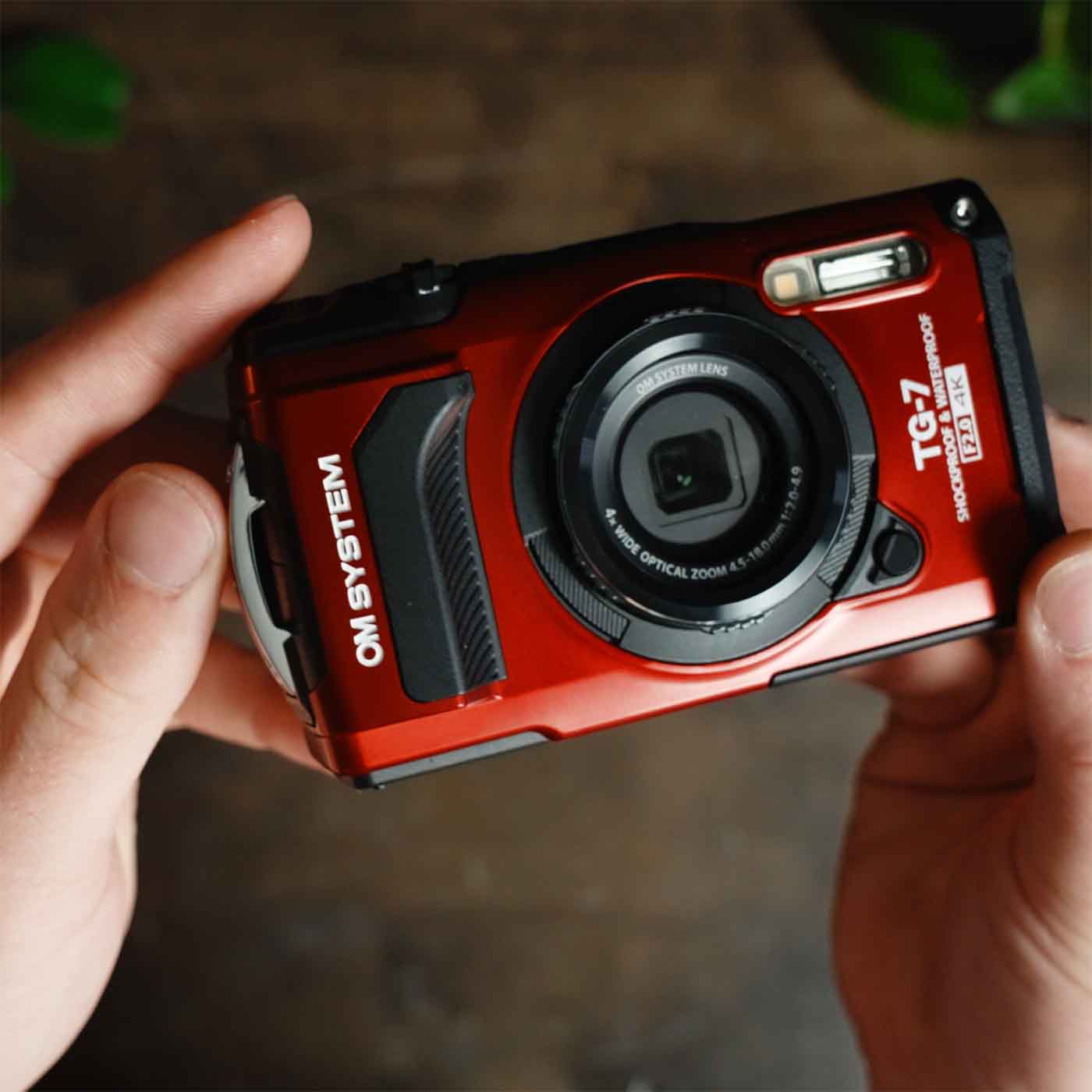
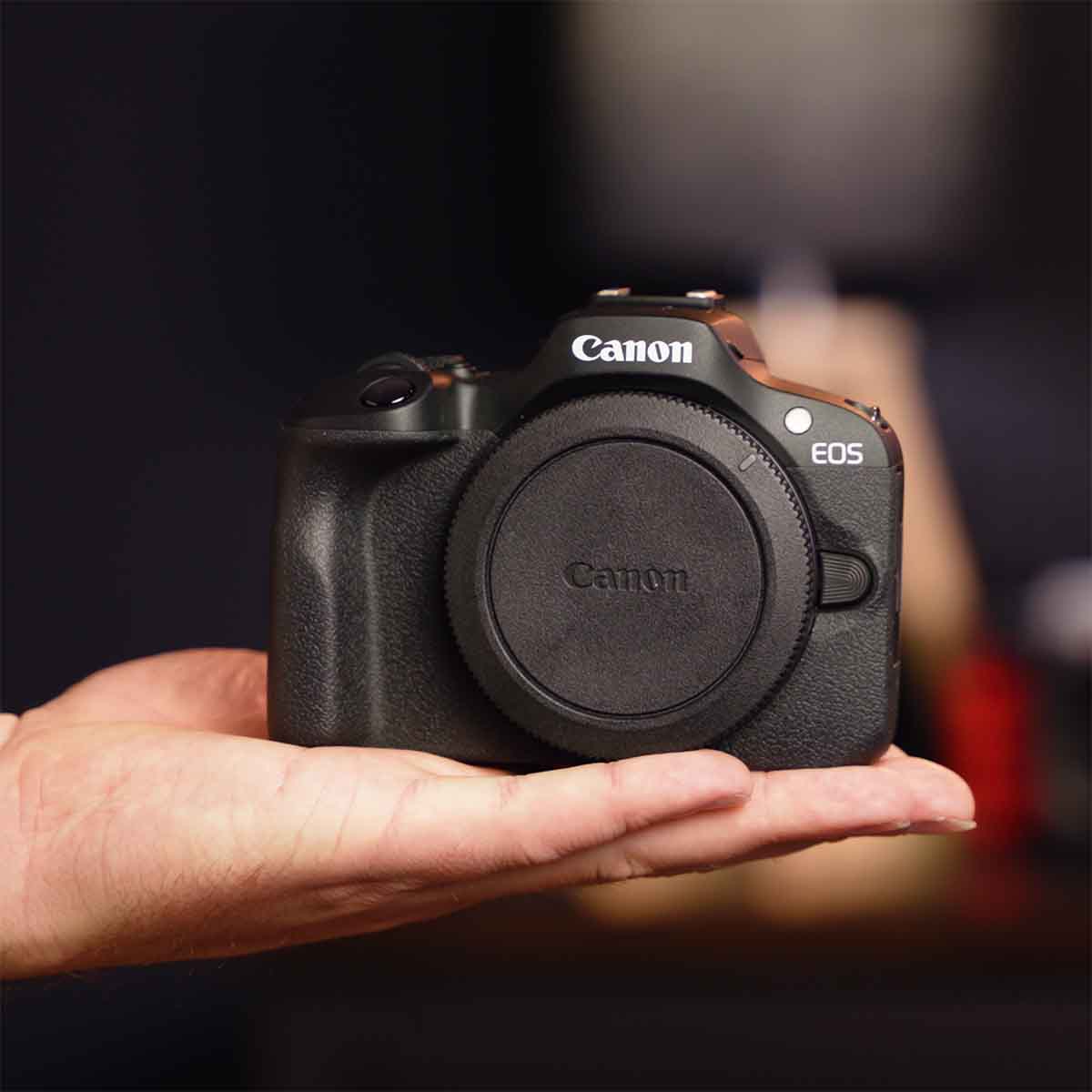
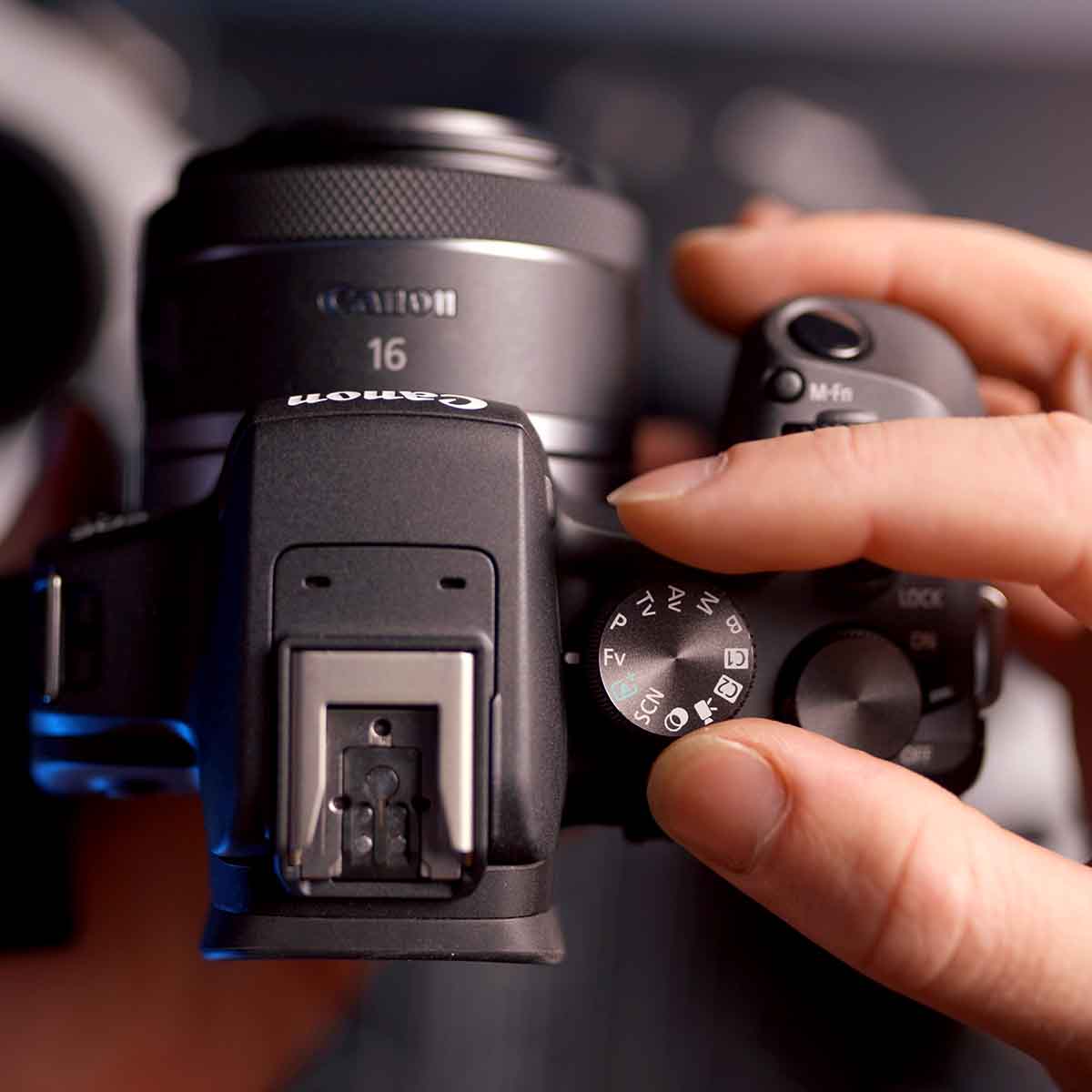
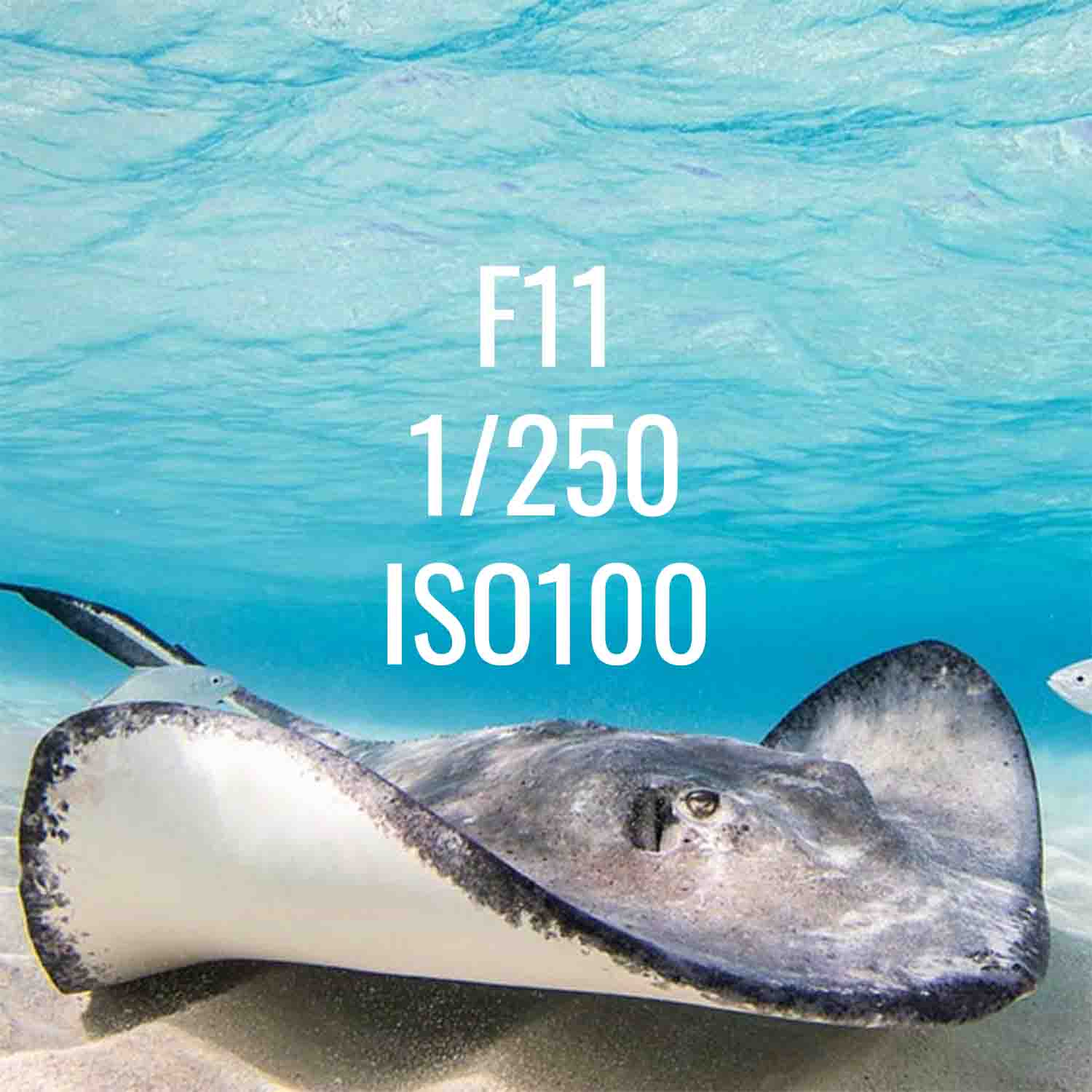


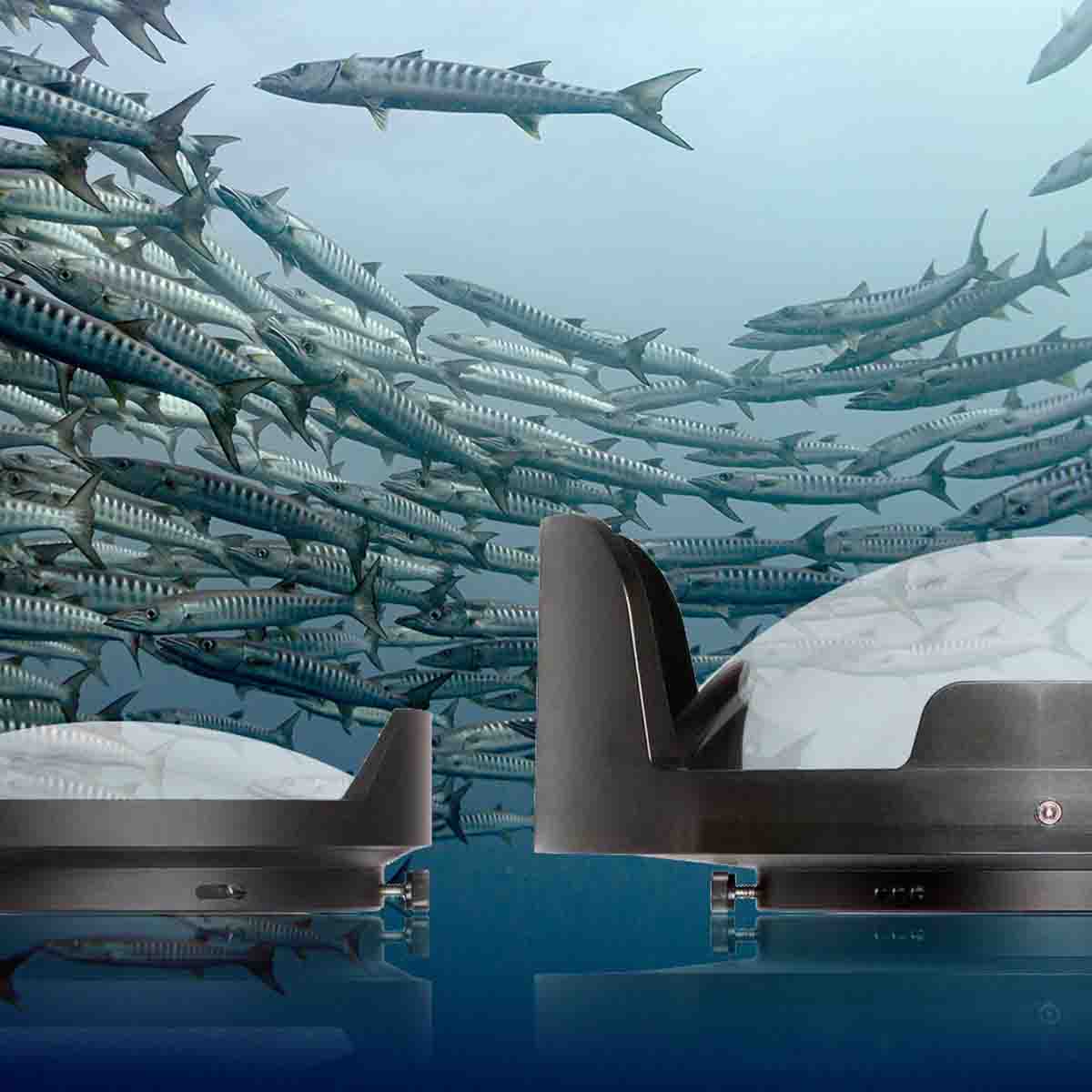
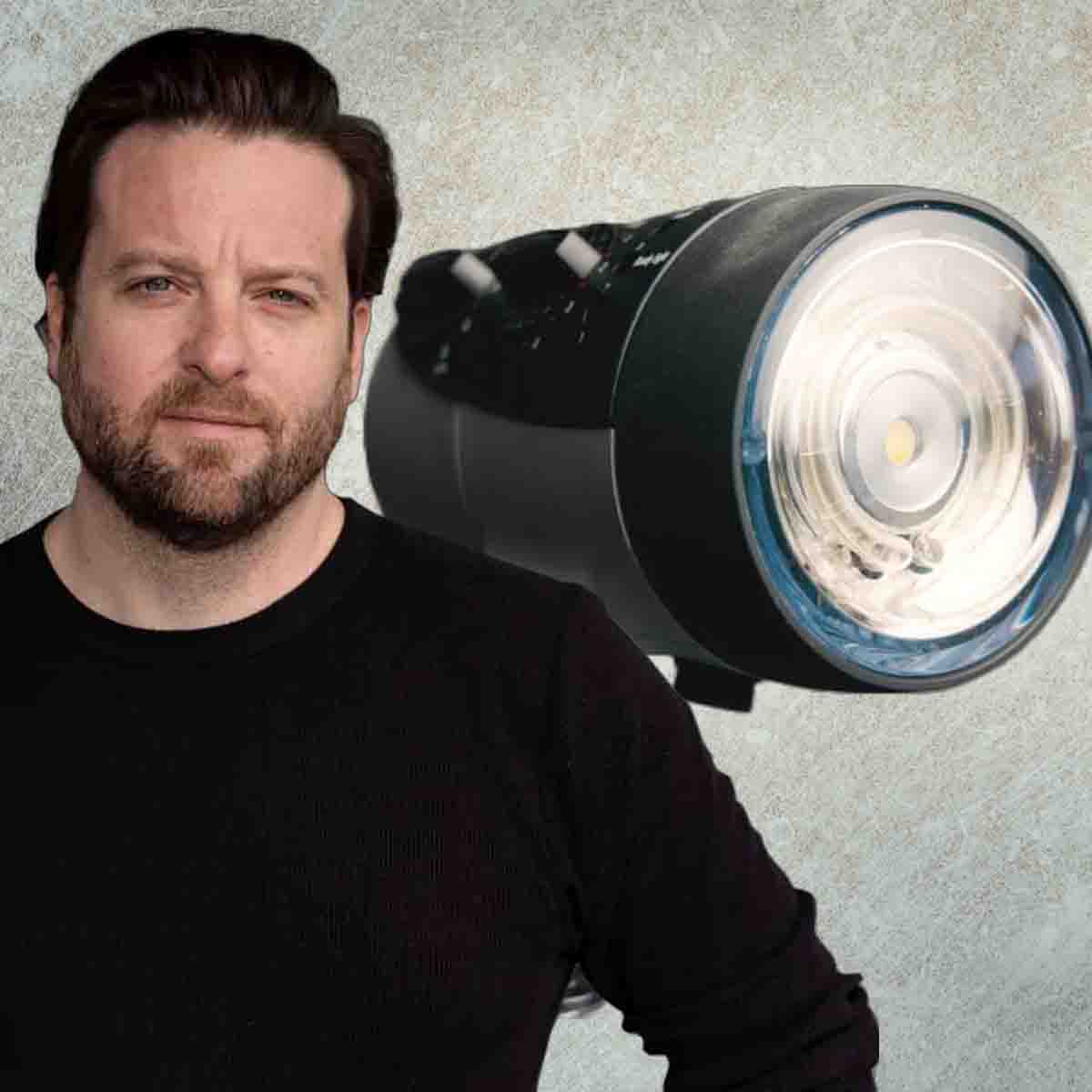

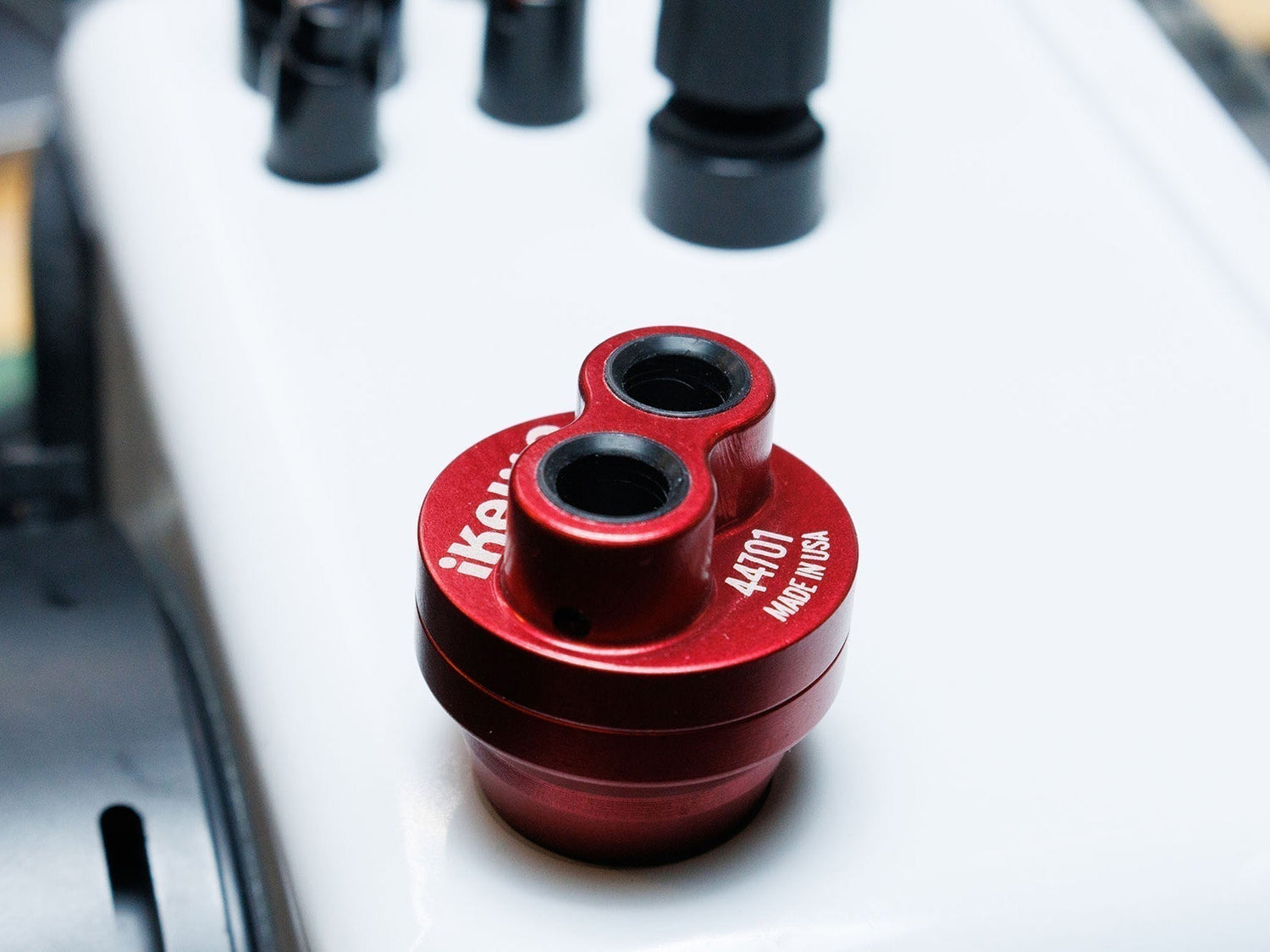
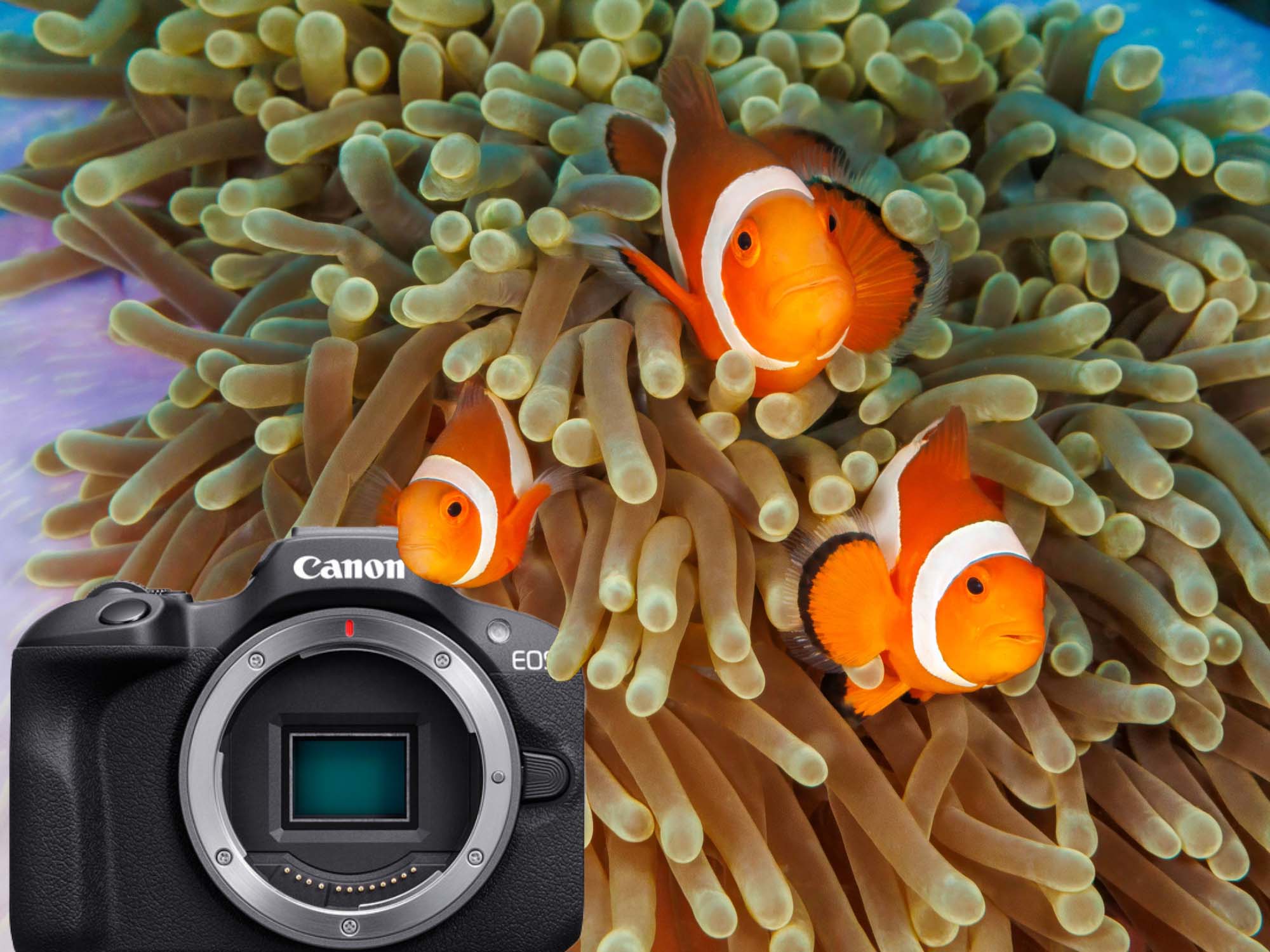
![Sony a6700 Wet Lens Wide Angle Underwater in Catalina Island 4K [VIDEO]](http://www.ikelite.com/cdn/shop/articles/Sony_a6700_Underwater_Wide_Angle_Wet_Lens_copy_e02ee459-8c63-40a7-a0df-dc84313e1445.jpg?v=1744130075&width=2000)